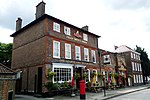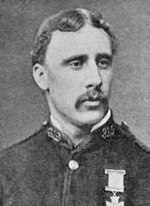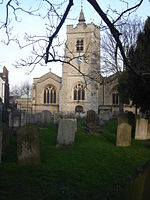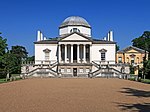Hogarth's House
1904 establishments in EnglandBiographical museums in LondonBuildings and structures in ChiswickChiswickGrade I listed buildings in the London Borough of Hounslow ... and 10 more
Grade I listed houses in LondonGrade I listed museum buildingsHistoric house museums in LondonHistory of MiddlesexHistory of the London Borough of HounslowHouses in the London Borough of HounslowMuseums devoted to one artistMuseums established in 1904Museums in the London Borough of HounslowUse British English from August 2015
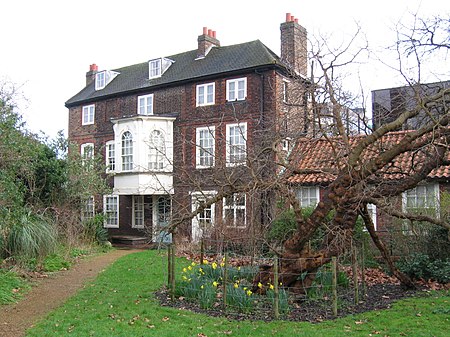
Hogarth's House is the former country home of the 18th-century English artist William Hogarth in Chiswick, adjacent to the A4. The House now belongs to the London Borough of Hounslow and is open to visitors as a historic house museum free of charge. Chiswick is now one of London's western suburbs, but in the 18th century it was a large village or small town quite separate from the metropolis, but within easy reach of it. Today the house is a Grade I listed building.
Excerpt from the Wikipedia article Hogarth's House (License: CC BY-SA 3.0, Authors, Images).Hogarth's House
Hogarth Lane, London Grove Park (London Borough of Hounslow)
Geographical coordinates (GPS) Address Nearby Places Show on map
Geographical coordinates (GPS)
| Latitude | Longitude |
|---|---|
| N 51.487035 ° | E -0.255053 ° |
Address
Hogarth Lane
Hogarth Lane
W4 2DY London, Grove Park (London Borough of Hounslow)
England, United Kingdom
Open on Google Maps


